15 Places The Earth Hid For Centuries And Finally Gave Back
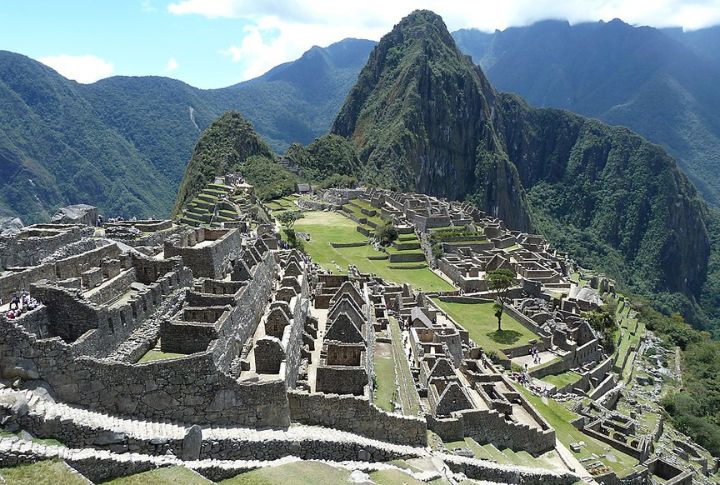
For ages, several cities were buried beneath ash, jungle, myth, and denial. When these ancient cities clawed their way back into the light, they brought engineering marvels and entire empires with them and helped us gain some clarity about the past. This list is about 15 of these cities.
Pompeii, Italy
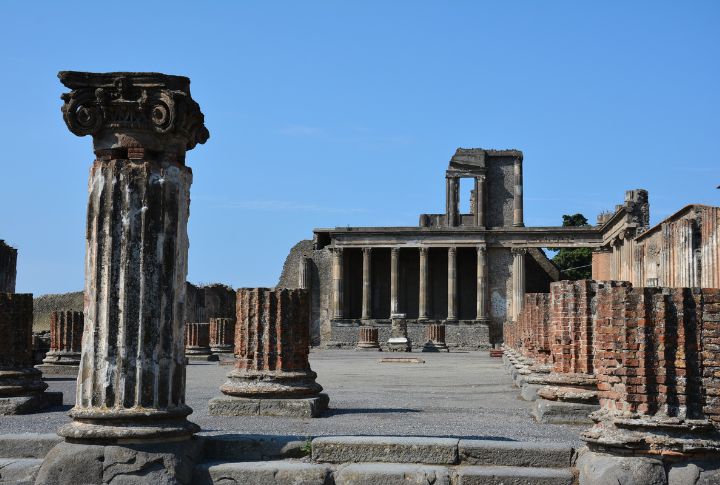
Volcanic ash sealed Pompeii’s fate in 79 CE but preserved many things, from graffiti to loaves of bread. When rediscovered in 1748, its intact streets and villas brought raw Roman reality to life. Visitors can explore the bathhouses and bakeries when there.
Machu Picchu, Peru
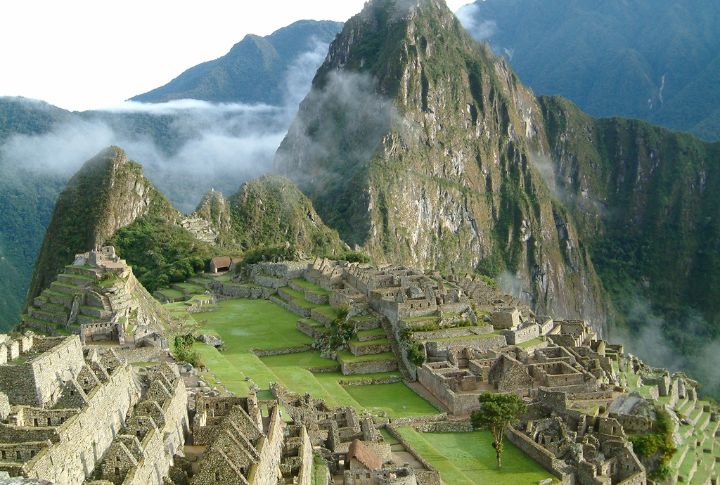
Here, you’ll see stone terraces cling to a ridge 7,970 feet above sea level. It was abandoned by the Incas and remained unknown to outsiders until 1911. Now, Machu Picchu reveals temples aligned with the sun and showcases engineering precision and sacred design.
Petra, Jordan
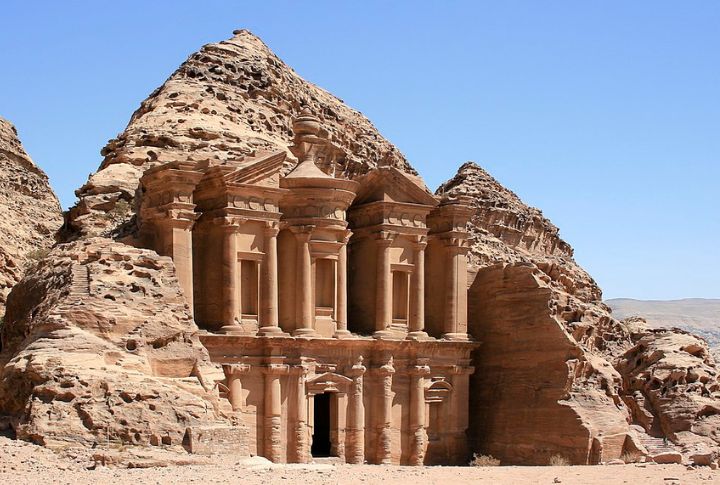
Merchants once passed through Petra’s rose-red canyons on camelback. Today, we can see its Nabatean tombs and carved facades that glow fire-orange under midday light. Lost after the 12th century, it reemerged in 1812 when explorer Johann Burckhardt disguised himself to gain access.
Tikal, Guatemala
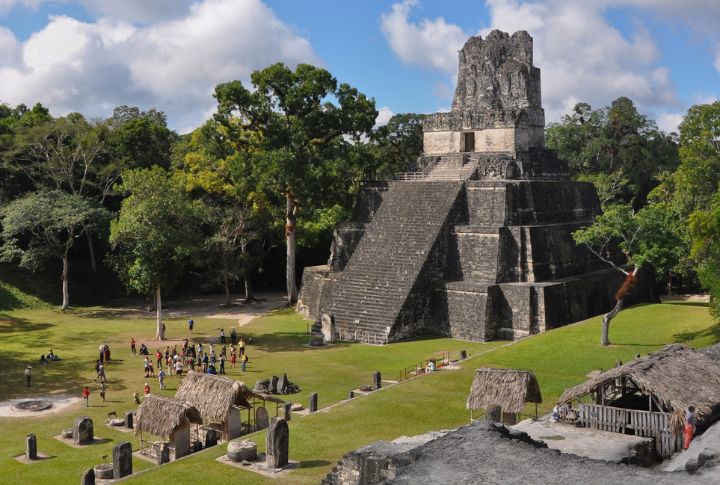
Experience ancient Central America in Tikal as you enjoy its panoramic views. Watch howler monkeys roam where Mayan kings once ruled. After being swallowed by the jungle, Tikal’s massive temples reappeared in 1848. Its tallest structure, Temple IV, still towers above the trees.
Herculaneum, Italy
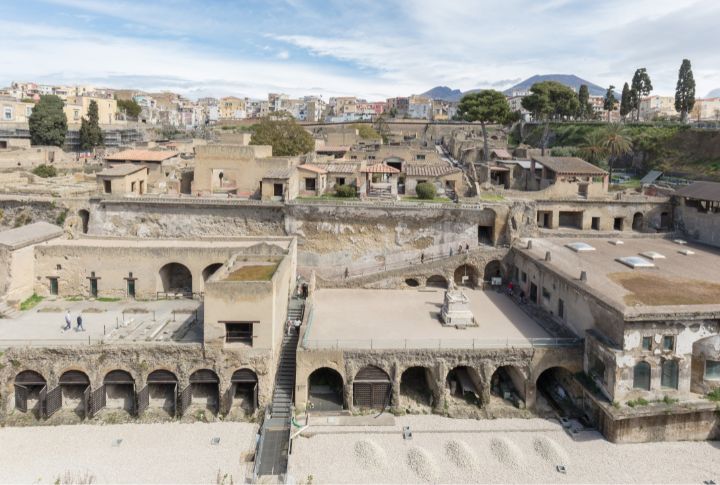
Wooden furniture and even food survived in this Roman town. Lost with Pompeii in 79 CE, it reemerged in 1709 beneath a well. Unlike its more famous neighbor, Herculaneum’s two-story homes still stand and offer a rare look into Roman private life.
Angkor Wat, Cambodia

French explorer Henri Mouhot’s 1860s sketches reintroduced Angkor to the world. This place was built in the 1100s by the Khmer Empire, and its layout mimics the cosmos. Besides the lotus-shaped towers and massive bas-reliefs, there are other features still being deciphered today.
Great Zimbabwe, Zimbabwe
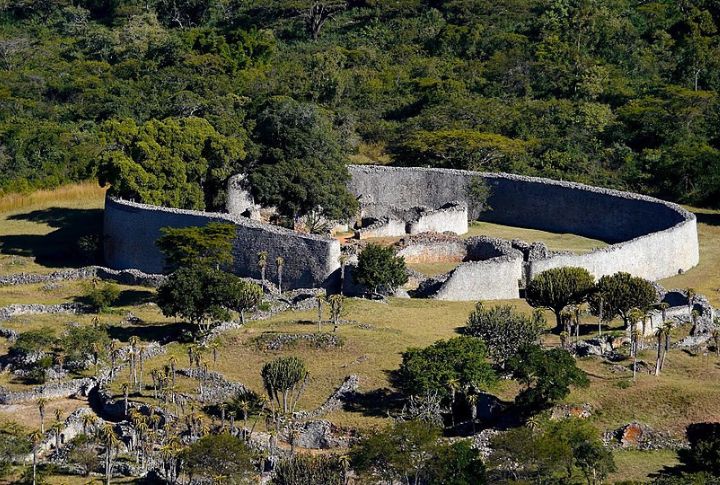
Walls rise without mortar in this abandoned 11th-century city. European colonists denied African origins until evidence proved otherwise in the late 1800s. The 36-foot-high Great Enclosure still baffles architects. When touring Great Zimbabwe, you’re confronting centuries of erasure and rediscovery.
Mohenjo-Daro, Pakistan
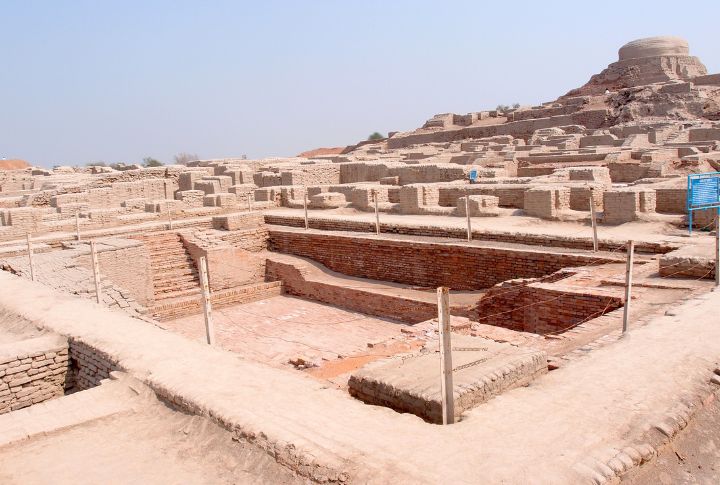
Excavations in the 1920s exposed a 4,500-year-old city with public baths and grid-based streets. Mohenjo-daro, lost since 1900 BCE, defied expectations of ancient urban life. You get to walk on these carefully laid bricks where people governed and traded long before most civilizations existed.
Akrotiri, Greece
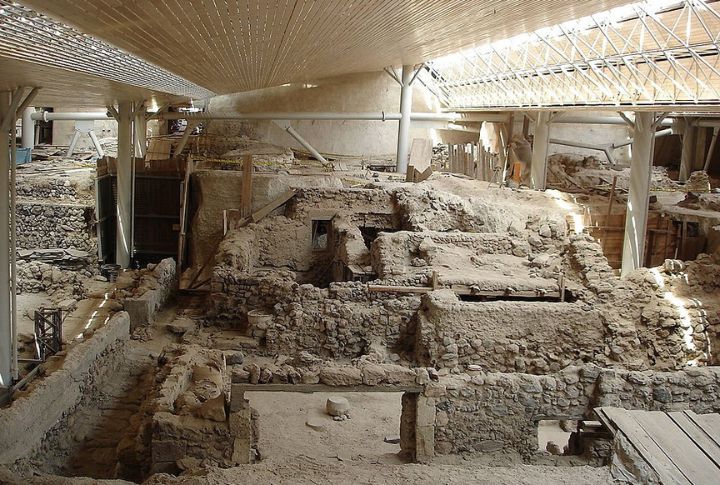
Ash from the Thera eruption buried Akrotiri in the 1600s BCE. When resurrected in 1967, the site revealed two-story homes with indoor plumbing and vibrant murals. It’s often called the “Minoan Pompeii,” but unlike Pompeii, no bodies were found, which suggests evacuation before disaster struck.
Persepolis, Iran
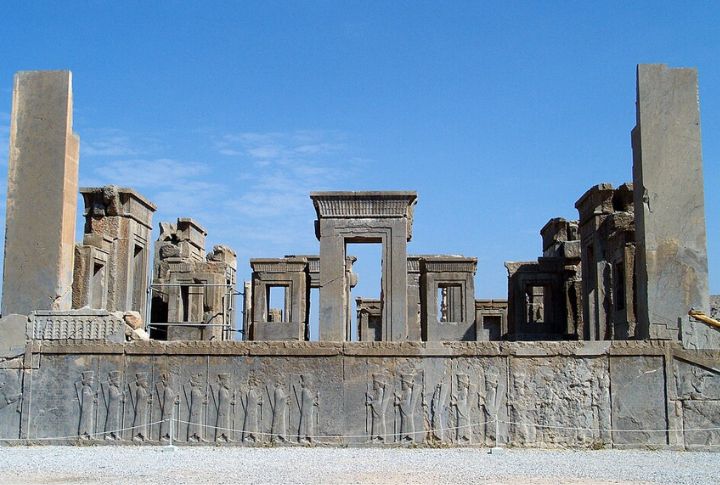
Till today, stone lions guard ceremonial steps built by Darius the Great. Persepolis fell to Alexander in 330 BCE. After that, it vanished under rubble until rediscovery in the 17th century. Its grand reliefs depict tributaries from 23 nations.
Nineveh, Iraq
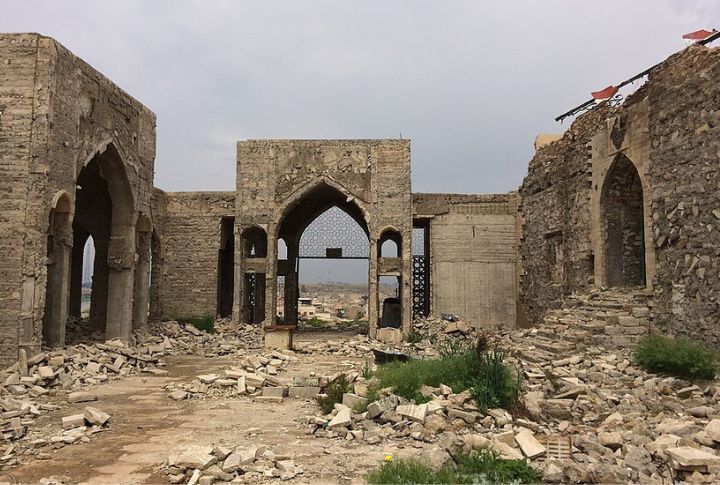
British archaeologists uncovered Nineveh in the 1840s beneath two mounds near Mosul. This former Assyrian Empire’s capital housed vast libraries and colossal statues. Some cuneiform tablets from Nineveh helped decode the Mesopotamian language, and visitors can see this ancient world’s equivalent of a national archive.
Chichen Itza, Mexico
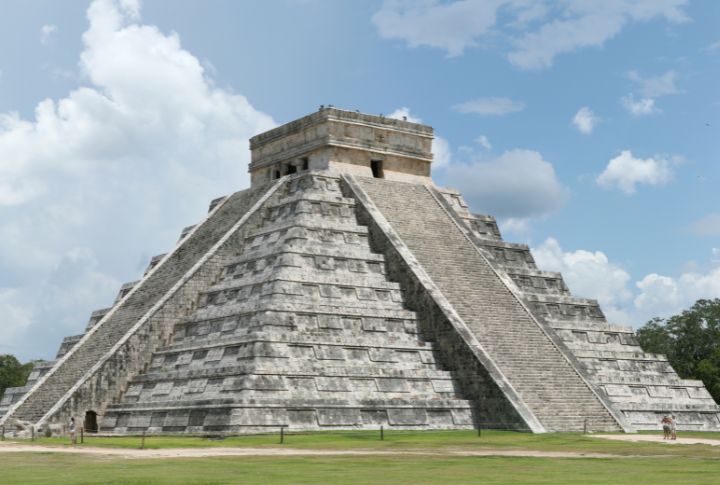
This is where you’ll find the pyramid, El Castillo, which likely also served as a solar calendar. Chichen Itza, abandoned in the 1400s, stunned 19th-century explorers with acoustic tricks and astronomical alignments. At each equinox, a serpent shadow slithers down its steps.
Troy, Turkey
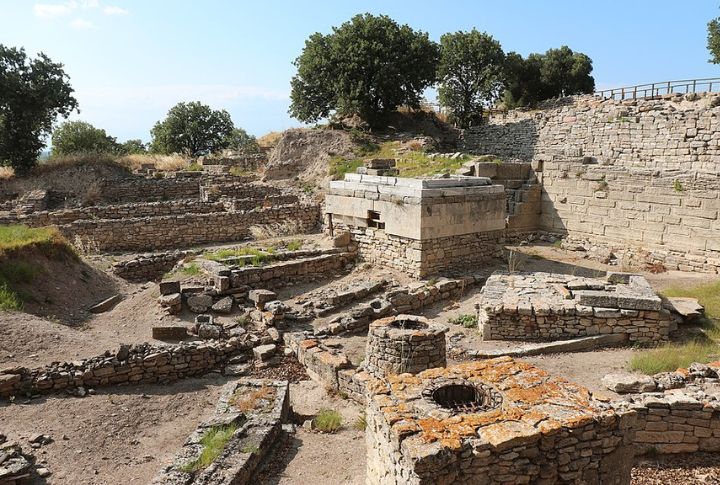
The layered ruins tell of at least nine cities built atop one another. In the 1870s, Heinrich Schliemann dug into Turkish soil and declared Troy real. One layer likely inspired Homer’s Iliad. Myth or memory, what lies beneath speaks louder than any poem.
Babylon, Iraq
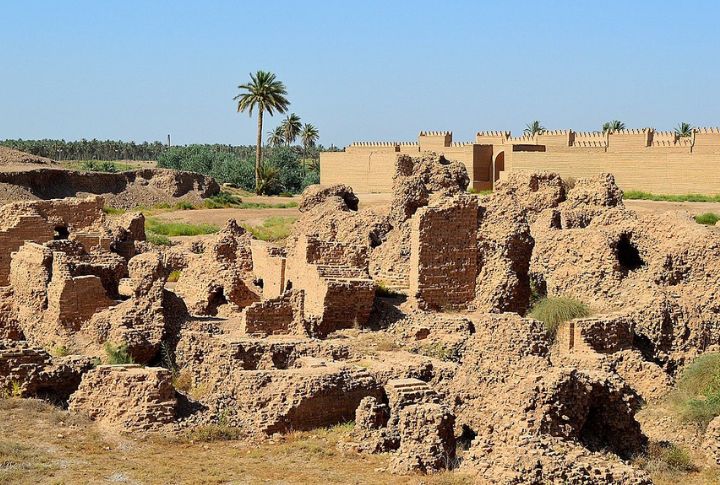
Early 20th-century digs uncovered Babylon’s processional way and Ishtar Gate, among other features. This home to Hammurabi and possibly the Hanging Gardens shaped law, language, and more. Walk its foundations and trace the blueprint for civilization that empires borrowed and rulers feared.
Teotihuacan, Mexico
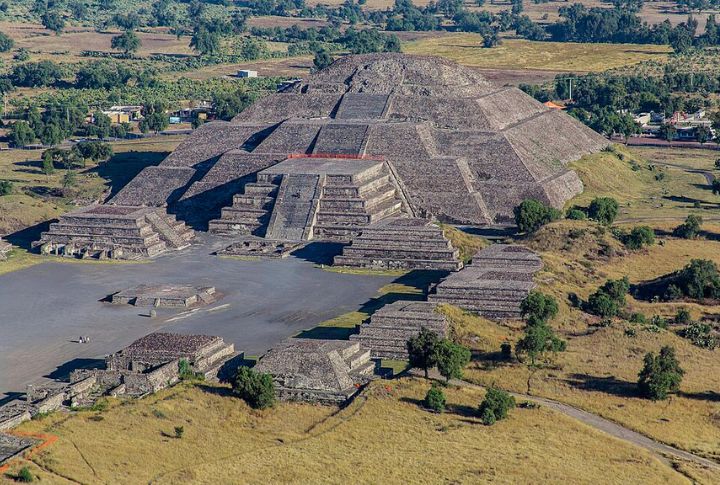
The Aztecs found it abandoned, called it the “City of the Gods,” and left it untouched. Modern excavations began in the 1900s. Teotihuacan’s Avenue of the Dead leads to pyramids built without metal tools. The city plan aligns with celestial paths—its logic still puzzles scientists.






